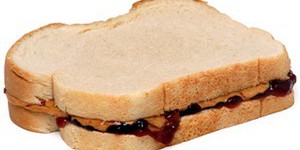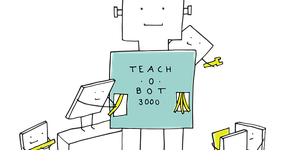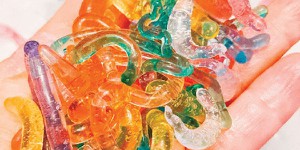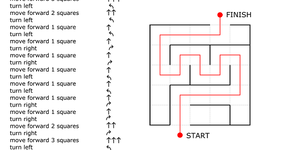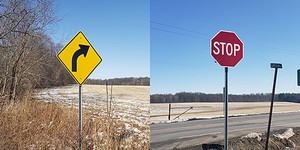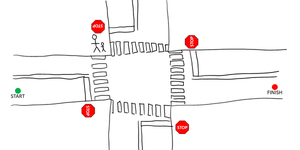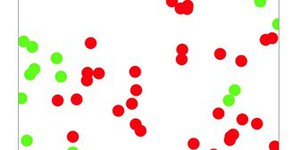Computer Science STEM Activities for Kids (8 results)
From cell phones to social media, computer science is a part of your daily life. Everything from traffic lights to medical devices requires both computer hardware and software these days. Creative problem solvers are using computer science to tackle social problems, improve agriculture, make great entertainment, and start exciting new companies. What could you create and innovate with a bit of tinkering and programming?
|
Select a resource
Sort by
|
STEM Activity
36 reviews
Have you ever wanted a robot assistant that could do all your household chores? Science fiction has been showing us such robots for decades, but they're still not available! What's taking so long? In this project you will investigate some of the challenges in programming a "robot" to do a simple household task, such as making a sandwich.
Read more
STEM Activity
61 reviews
AI is all around us and changing our world—often for the better, but sometimes with unintended consequences.
In this activity, you will imagine and explore the potential benefits and dangers of an artificial intelligence solution you imagine. Let your imagination flow and see where it takes you.
Read more
STEM Activity
8 reviews
If you need to send a secret message to a friend, how could you prevent other people from reading it? One way is to encrypt the message, or use a secret code that only you and your friend know. Try this activity to learn how to create your own "Caesar cipher," a popular type of code that is easy to learn.
Read more
Featured
STEM Activity
60 reviews
Did you know that the seaweed you've seen in the ocean or even eaten as a snack is inspiring innovators to imagine new materials? Large
brown algae, like kelp, contains polymers—long chains of molecules—that are more environmentally friendly than the ones in most plastics. These natural polymers (alginates) could eventually be used to create sustainable everyday objects. Try your hand at using a bit of chemistry to turn biodegradable polymers from algae into your own custom…
Read more
STEM Activity
28 reviews
You probably use computer programs every day. Every time you use the internet, play a video game, or us a smartphone, you are using computer programs. Do you want to learn a little bit about computer programming, without the need to actually use a computer? In this fun activity, you will write a “program” – a set directions for a volunteer to find their way through a maze. Can you help them find their way through without crashing?
Read more
STEM Activity
13 reviews
How do driverless cars know how to recognize different road signs? They use something called machine learning. In this activity you will teach a computer to recognize different road signs using photos that you take yourself and a tool called Teachable Machine by Google®. The better the training data, the more accurately the program will be able to recognize different types of signs.
Read more
STEM Activity
17 reviews
How do driverless cars know what to do at an intersection? How do they know when they should stop and when it is their turn to go? What about yielding to pedestrians? In this activity, you will write your own algorithm, or list of steps, for a driverless car to follow when navigating through various road scenarios like stop signs, traffic lights, and roundabouts (traffic circles).
Read more
STEM Activity
2 reviews
Do you have your own email or social media accounts? If so, you probably use a password to log into them. How did you pick your password? Is it something that might be easy for someone else to guess, like the name of your pet? This fun activity will teach you about password security and how to pick a stronger password.
Read more
STEM Activity
17 reviews
Are you curious about how public health officials think about and model how diseases like flu and COVID-19 move from one person to another? In this activity, you will use the kid-friendly programming language Scratch to write a simulation that uses bouncing dots to represent healthy and sick people. The simulation will show how we can take measures to slow the spread of a transmissible disease.
Read more
|
Explore Our Science Videos
Marble Roller Coaster Science Project
Video: How to Balance Anything
Bottle Rocket Parachutes


